|
Getting your Trinity Audio player ready...
|
Russian President Vladimir Putin has long been adept at navigating crises both foreign and domestic, but Russia’s three-year war against Ukraine and its domestic political fallout are testing his ability to manage Russia’s internal factions like never before. Hence the title of today’s post: Putin Under Pressure.
The financial and human costs of the Ukraine-Russia conflict, combined with economic setbacks from Western sanctions and growing geopolitical isolation, have placed Putin Under Pressure from multiple directions. The discontent simmering within the regime’s inner ranks suggests that cracks are forming beneath the surface, even if they remain largely hidden from public view.
Putin Under Pressure doesn’t mean his rule is on the brink of collapse. He remains one of the canniest political survivors of our time, and to count him out would be both premature and naïve. Indeed, Putin Under Pressure during earlier periods—such as in 2008, 2011, and again during the pandemic in 2020—ultimately rebounded stronger, reasserting control over the Kremlin and silencing dissent.
What sets this moment apart is the scale and complexity of the threats facing the Russian regime. Putin Under Pressure today is dealing not with a single crisis, but a convergence of them: a prolonged and grinding war, economic decline, public frustration, and mounting tensions among elite factions who have long been the bedrock of his authority.
In the past, challenges to his rule were more contained—short-lived protests or brief military skirmishes that could be handled quickly. But now, Putin Under Pressure is contending with a deeply entangled set of problems that are eroding both domestic stability and elite confidence in his leadership.
Even if an armistice with Ukraine were to occur, Putin Under Pressure would not simply vanish. The core grievances—ranging from war fatigue and economic hardship to internal rivalries—would remain unresolved. In fact, an armistice might even expose the full extent of Kremlin divisions, as factions vie for influence in a post-war political landscape.
In short, Putin Under Pressure is not just a headline—it’s a reflection of a broader systemic strain that could reshape Russia’s political future in ways few imagined just a few years ago.
THE UKRAINE WAR’S COST IN BLOOD
The war against Ukraine has drained Russia’s finances and manpower at an astonishing rate. Recent estimates suggest that Russia has lost over 900,000 troops in Ukraine in three years (killed, wounded or captured)—nearly ten times the Soviet casualties in Afghanistan during the nine-year period from 1979 to 1988.
To give some idea of the relative scale of losses, the Soviet war in Afghanistan claimed around 15,000 Soviet lives, with an estimated 35,000 wounded and several thousands more missing or permanently disabled. By contrast, Russian casualty figures in Ukraine are much starker.
As per estimates compiled by the British Broadcasting System (BBC), MSN and independent news site, Mediazone, between 200,000 and 250,000 Russian troops were killed in combat between February 2022 and March 2025, with another 650,000 wounded, captured or missing. A significant portion of its best-trained combat forces were lost in the war’s first six months.
To provide some additional perspective, between February and May 2022, Russia reportedly lost 15,000 servicemen killed in combat – equal to the total number of Soviet troops killed in nine years of war in Afghanistan. During the 13-month Russian offensive against the eastern Ukrainian city of Bakhmut from April 2023 to May 2024, Russia reportedly lost up to 1,000 combat soldiers per day.
These losses are not just numbers; they translate into waves of disabled veterans returning to Russian cities, placing strain on Russia’s families and already fragile social fabric. Even for a regime that has built itself on a culture of repression and control, this level of societal stress carries great risks. How these risks play out and Putin’s skill in managing them will strongly influence Russia’s political future.
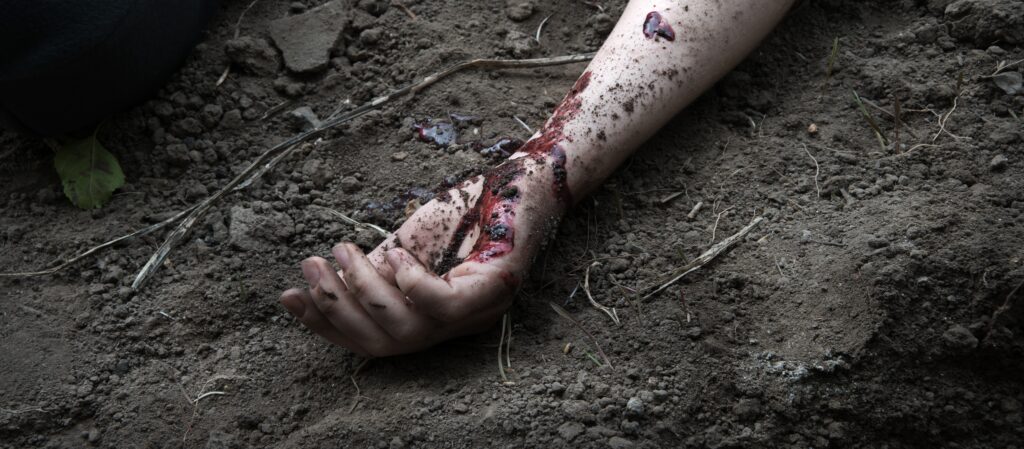
THE UKRAINE WAR’S FINANCIAL IMPACT ON RUSSIA
Financially, the war has also been very costly, although the Russian economy has shown surprising (to Western analysts, at least) resilience. This excellent analysis done by Dr. Richard Connolly of Great Britain’s Royal United Services Institute (RUSI) in January 2025 provides a good summary of the factors behind Russia’s economic suppleness and flexibility.
While Western sanctions have hurt specific industries (e.g. banks, railroads) and strained the state budget, the war economy has also revitalized old Soviet-era military plants in rural areas, keeping unemployment lower than expected. A smaller workforce, due to more men of working age being under arms, has likewise raised demand for labor and boosted average salaries, offsetting the effects of wartime inflation.
Putin has also cleverly played the West and the BRICS bloc of countries off against each other to benefit Russia’s economy. When the EU imposed embargoes on Russian oil and natural gas, Putin rerouted the bulk of Russia’s oil shipments to China and India, which were happy to receive Russian oil at a steep discount. Meanwhile, Chinese and Turkish businesses have quickly set up shop in major Russian cities, eager to replace European and American corporations that departed Russia in 2022 when the war began.
Nevertheless, the financial pain of the Ukraine War has fallen heavily on Russia’s oligarchs and the Russian state budget, with tens of billions of rubles spent annually to sustain Russia’s military operations in Ukraine and the Black Sea region.
The oligarchs, who likewise lost billions (measured in U.S. dollars) in overseas assets due to Western seizures of yachts, bank accounts, and luxury properties, continue to harbor deep resentment against the regime —especially as the corrupt spoils of wartime economic shifts are being used to benefit a narrower and newer set of Kremlin loyalists. By themselves, the oligarchs are unlikely to pose a major threat to Putin’s regime. They have the money, but they don’t have the guns, so to speak.
Nevertheless, deep connections between various oligarchs and the security services suggests the potential for oligarchic discontent to burrow its way into the regime, possibility triggering a meaningful longer-term rift. The emergence of an open rift between factions of any kind could signal Putin regime instability.
The escalating power play between Chechnya’s pro-Kremlin leader, Ramzan Kadyrov, and Dagestani oligarch Suleiman Kerimov over Russian e-commerce giant, Wildberries, could be the beginning of such a rift. As argued by Russian dissident journalist Mikhail Zygar in this blog post, an open clash between two factions loyal to the Kremlin suggests a weakening of central control, or at least that Putin is too distracted to intervene.
INTERNAL RIFTS AND THE SILOVIKI’S GROWING UNEASE
Among Russia’s political elite, there is increasing discontent, particularly among the siloviki (i.e. ‘men of force’ in Russian) —the powerful faction of current and ex-intelligence officers and military figures who form the backbone of Putin’s rule.
In May 2024, Nikolai Patrushev, one of Putin’s most trusted security hawks and the Secretary of the Security Council of Russia, was abruptly sidelined into retirement. This action was widely interpreted as a sign that Putin is working to keep his inner circle off balance, ensuring that no single figure accumulates too much power or influence.
Other senior figures among the siloviki faction, including Sergei Ivanov and Sergei Shoigu, have also been reshuffled or diminished in standing, suggesting that internal regime rivalries between different factions of siloviki and oligarchs – the two groups often overlap – may be intensifying, and the Putin is moving proactively to adjust the balance of power among rival Kremlin power blocs to ensure no single bloc becomes preeminent.
The spate of unsolved murders and peculiar ‘accidents’ among Russia’s elite – senior business and government officials developed a pronounced tendency to fall from twentieth floor apartment windows in 2022 and 2023 – likewise indicates a level of rising friction among business ‘clans’ loyal to the regime.
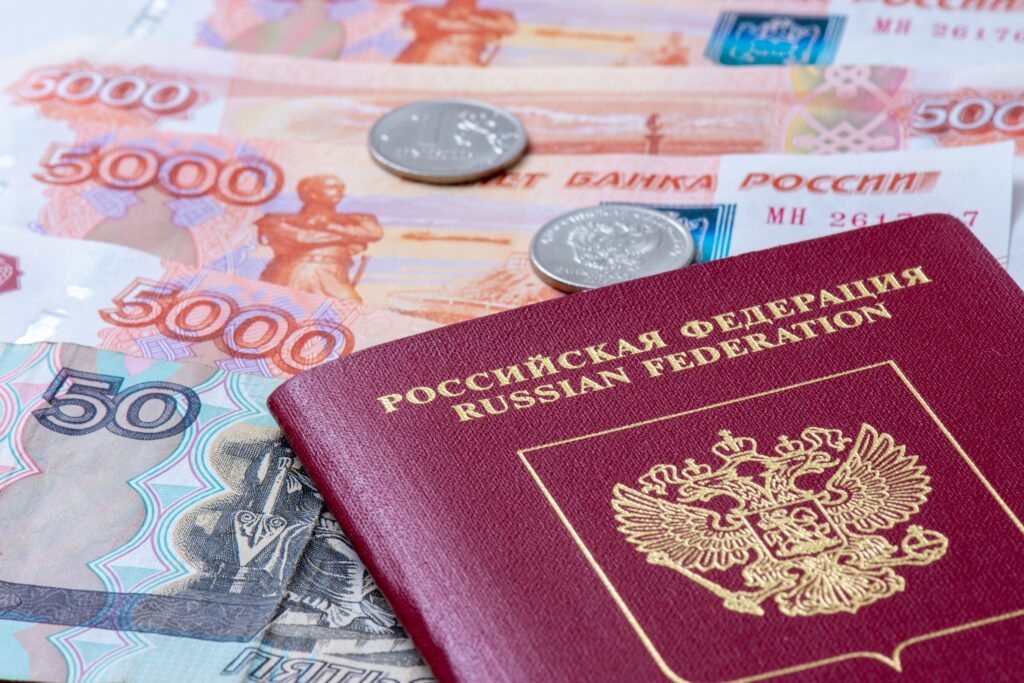
A PERSISTENT OLD GUARD, ALBEIT SHRINKING IN NUMBER
Of Putin’s original core group of about a dozen associates from St. Petersburg, Igor Sechin remains the most influential and reportedly closest to Putin. Other Putin stalwarts still in the inner circle include Alexander Bortnikov and Sergei Naryshkin – who sit atop Russia’s domestic and foreign intelligence infrastructure, respectively – and Yuri Kavolchuk, an oligarch who runs major Russian television stations and news websites and is reportedly fascinated with Russian mysticism.
Meanwhile, further down the power structure, mid-level officials in the FSB, military, and state bureaucracy have found themselves squeezed. Corrupt revenue streams that once kept them loyal have been disrupted, with vast sums diverted to support key wartime loyalists such as Chechen leader Ramzan Kadyrov and Ukraine’s ‘Donbas Clan’, a development analyzed by expatriate Russian journalist, Mikhail Zygar.
The resulting resentment is palpable, as those who once enjoyed the spoils of the system now see themselves relegated to the sidelines, their future suddenly uncertain. The growing resentment and insecurity of mid-level regime stalwarts will now content with the same officials’ fear of their superiors and desire to play the long game – remaining in the power structure long enough to ascend to higher (and more profitable) levels when the regime’s senior leadership finally turns over.
GEOPOLITICAL SETBACKS SIGNAL ERODING REGIONAL INFLUENCE
Putin’s war in Ukraine was meant to reassert Russian dominance in its near abroad, but instead, it has triggered a series of strategic losses. The addition of Finland and Sweden to NATO has further encircled Russia, diminishing its strategic leverage in the Baltic region and providing NATO with enhanced military and intelligence assets.
Meanwhile, in Central Asia, former Soviet republics like Kazakhstan and Uzbekistan are asserting their independence, refusing to uncritically support Russia’s war effort or to fully align themselves with Moscow’s confrontation against the West.
Azerbaijan’s seizure of the disputed Nagorno-Karabakh region from Armenia in 2023 was a critical sign of the Kremlin’s diminished reach in its near-aboard. The inability of Russia to protect its long-time client, Armenia, from Azerbaijan’s lightning-swift military action – with no discernable price exacted on the Azeris then or since – points to the limitations the Ukraine War has placed on Russia’s security apparatus.
Growing defiance and independent action by the Central Asians is one sign that Russia’s influence over its periphery is weakening, which could have long-term implications for its standing as a regional power.
Perhaps most significantly, Russia has lost a key Middle Eastern ally with the fall of Bashar al-Assad’s regime in Syria. Iran, another crucial partner and supplier of drones for Russia’s war effort, is also teetering on the edge of instability.
Iranian-made Shahed drones have been instrumental in Russia’s campaign to cripple Ukraine’s energy infrastructure. If the Iranian regime were to collapse, then Russia’s ability to sustain such attacks could be severely hampered. The prospect of losing these strategic partners adds to the mounting sense of vulnerability within Putin’s government.
BETTING ON THE ‘TRUMP CARD’: A RISKY GAMBIT
Amid these challenges, Putin and much of the Russian elite are pinning their hopes on newly inaugurated U.S. President Donald Trump. Many in Moscow believe that Trump will ease Western sanctions, reduce U.S. military support for Ukraine, and create a golden opportunity for Russia to salvage its strategic position.
However, relying on Trump represents a big strategic gamble for Putin. While Trump’s foreign policy instincts are less hostile toward Russia than those of his predecessors, Trump remains a highly unpredictable and emotionally volatile figure.
It is true that Trump’s rhetoric and behavior are creating severe strains within NATO and causing America’s allies to question its reliability. Nevertheless, President Trump has declared a strong interest in purchasing Greenland from NATO member Denmark, which could create a major new strategic headache for Putin in Russia’s Arctic region.
Where where a potential Ukraine armistice impact is concerned, Moscow may also not get all the clear-cut relief it hopes for. And even if Trump delivers short-term benefits in the way of renewed economic ties and a reduction in U.S. military support for Ukraine, the long-term damage to Russia’s economy and military from the Ukraine War will take at least a decade to undo.
The costs in blood and treasure that Russia has already incurred are enough to potentially undermine the regime, regardless of short-term political shifts in Washington, if Putin proves unable to bind up the military’s wounds and demonstrate to Russia’s elite factions and general populace that the cost of the war was worth it.
CONCLUSION: AN EVER-MORE TENUOUS GRIP ON POWER
Putin’s regime faces its most serious internal test in decades. The combination of military losses, economic strain, elite dissatisfaction, and geopolitical setbacks is creating a pressure cooker environment. An armistice with Ukraine will provide a temporary reprieve for Putin and Putinism but is unlikely to reverse the fundamental problems of regime governance that have taken root.
The siloviki are restless, the oligarchs embittered, mid-level bureaucrats disgruntled, and even Putin’s closest allies at the top of the Kremlin security structure are watching events unfold with growing unease.
Meanwhile, the return of thousands of wounded, disabled, and traumatized veterans from Ukraine is adding another layer of instability, reminiscent of the societal strain caused by the Afghan War during late Soviet times. The current situation is much worse than in the late 1980s, however, given the far greater numbers of dead and wounded war veterans in comparison to a smaller, aging and shrinking population.
The longer these pressures persist, the more likely it becomes that Putin’s carefully constructed system of control will start to unravel.
Until next time, we remain —
Greymantle

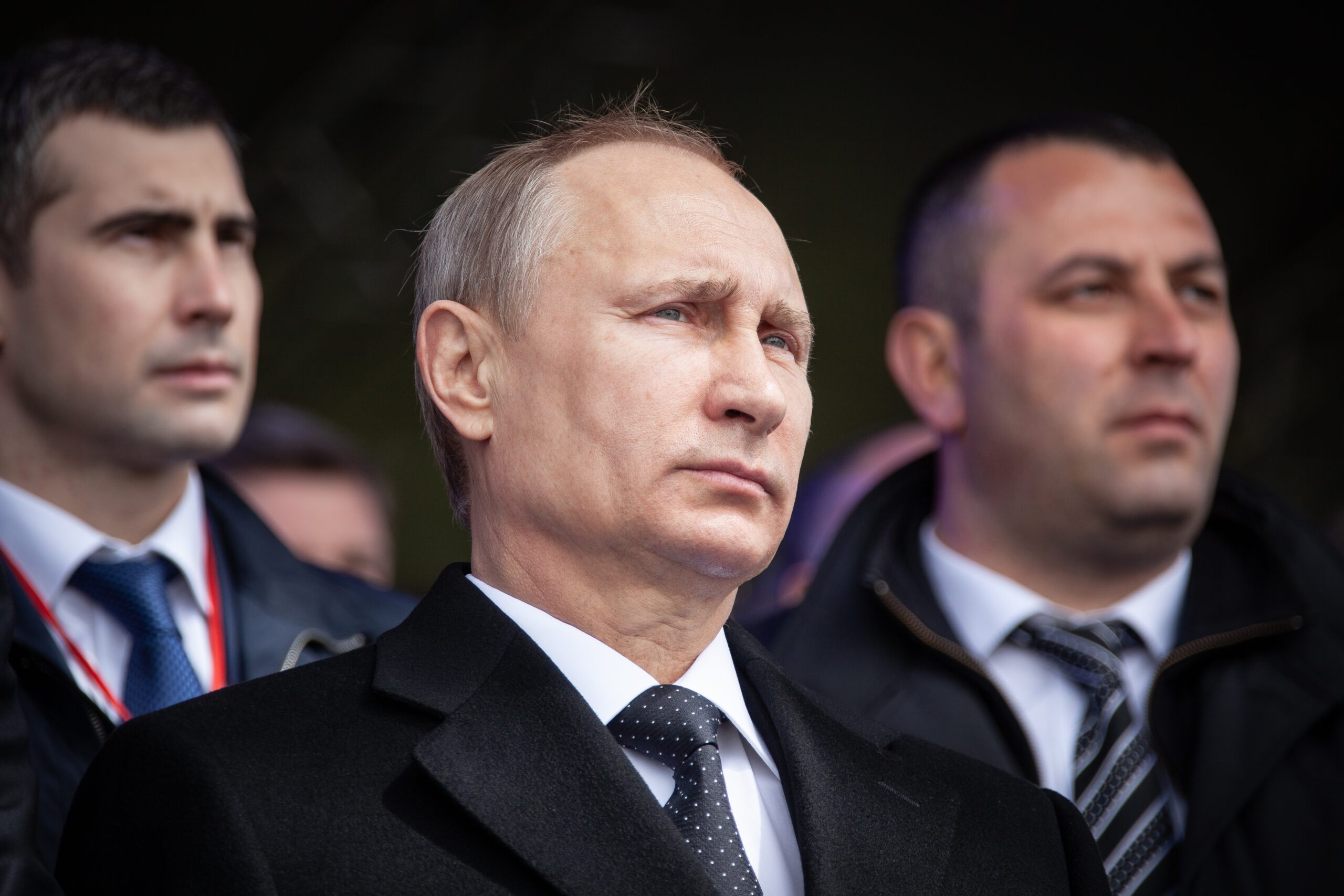
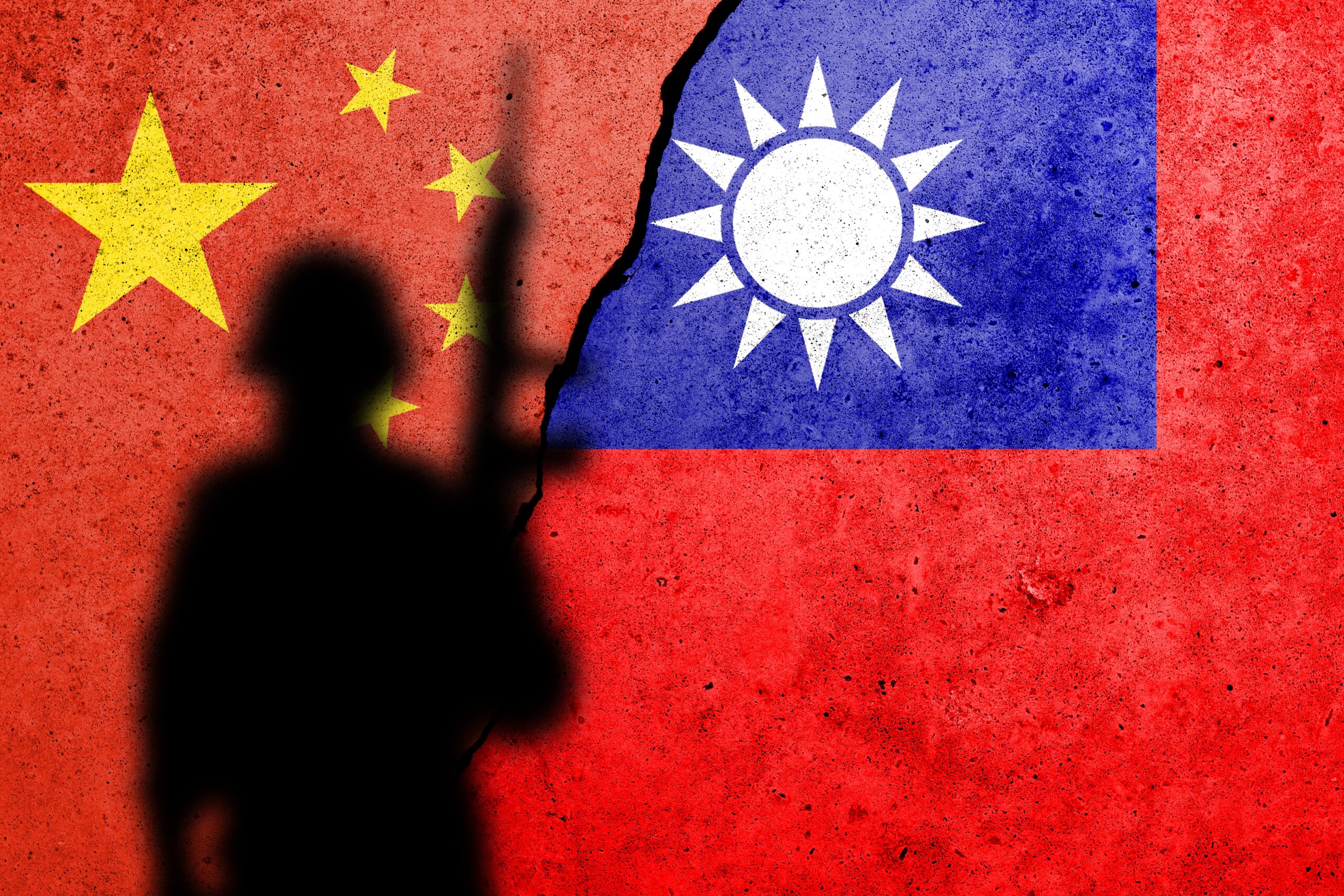

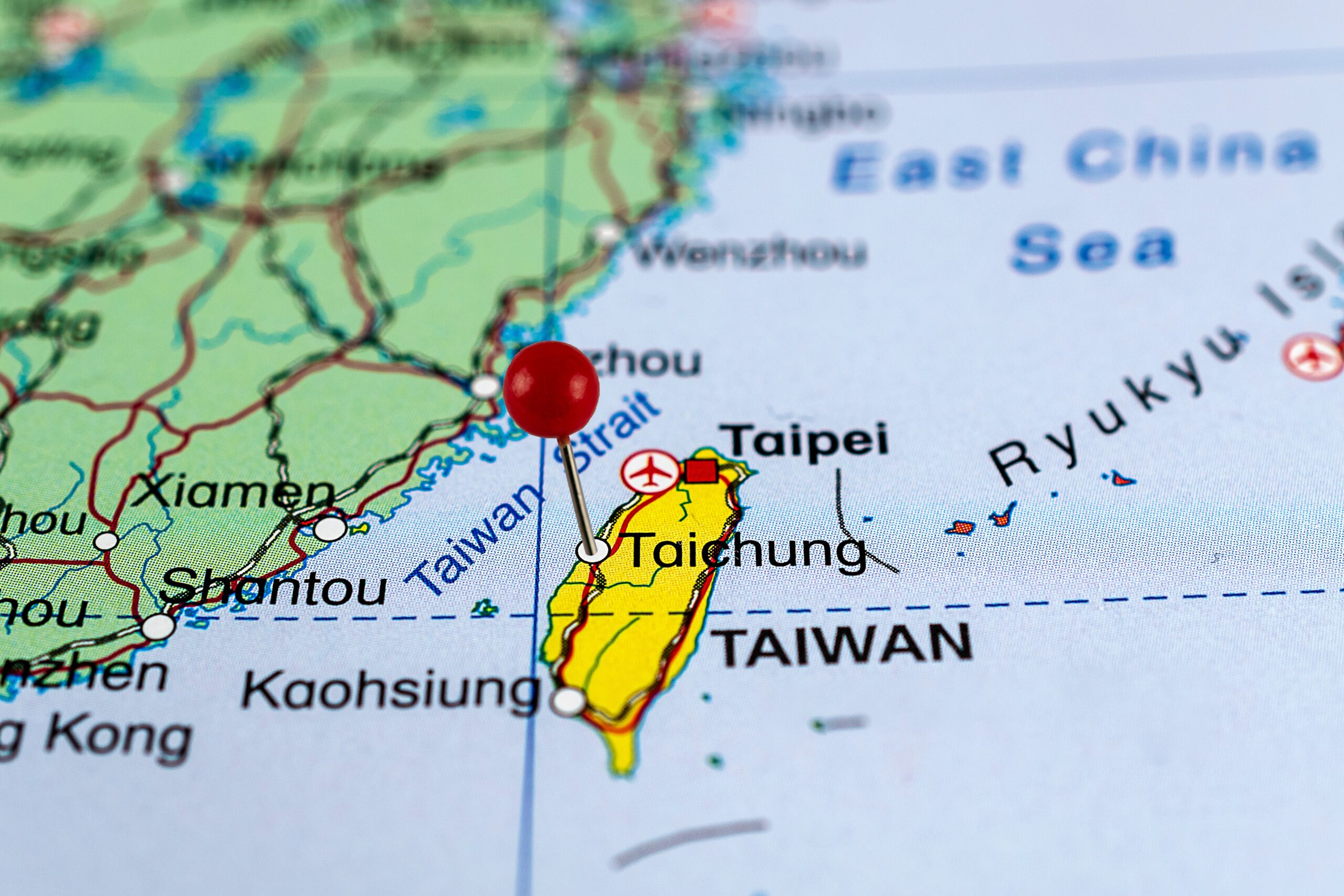

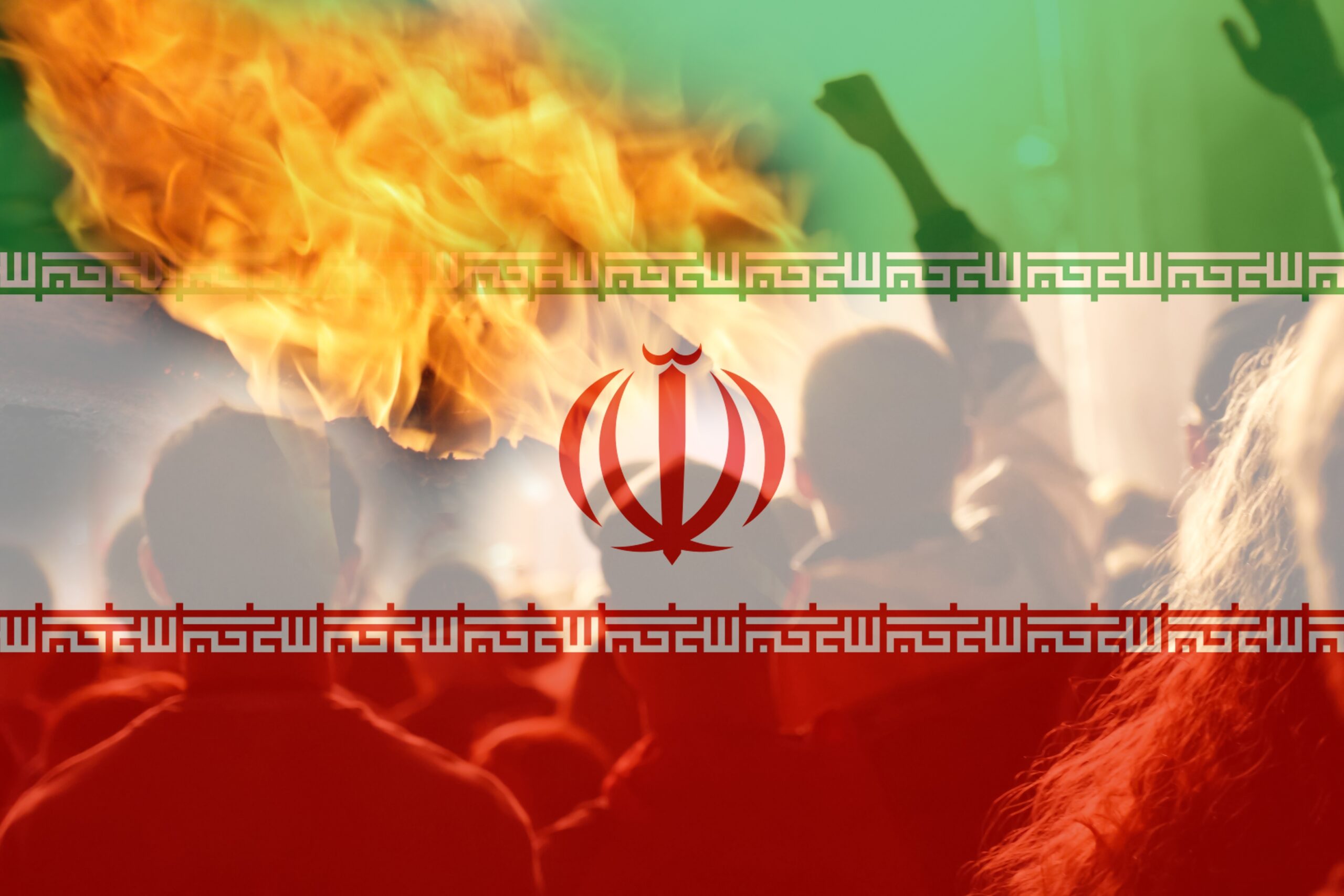
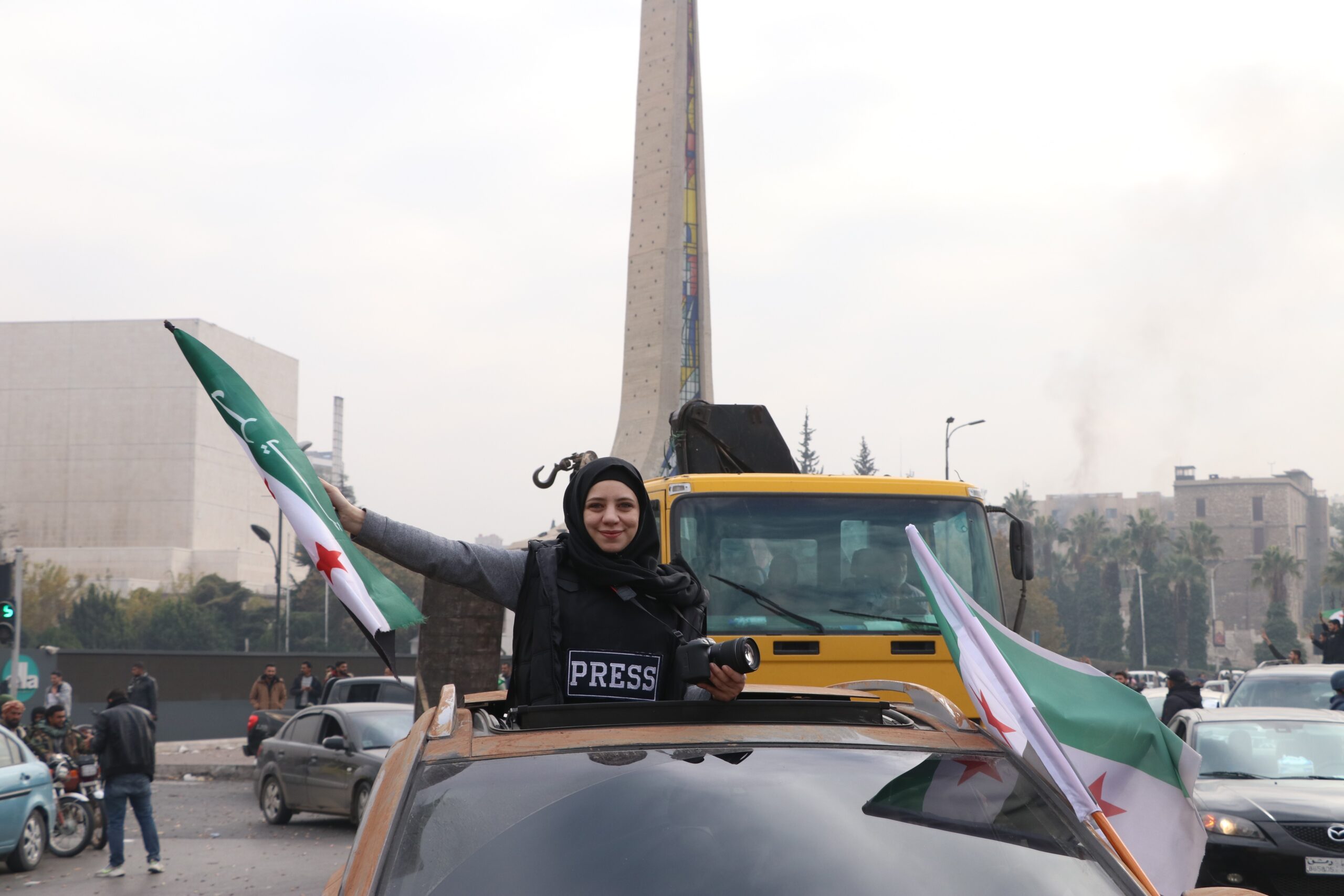
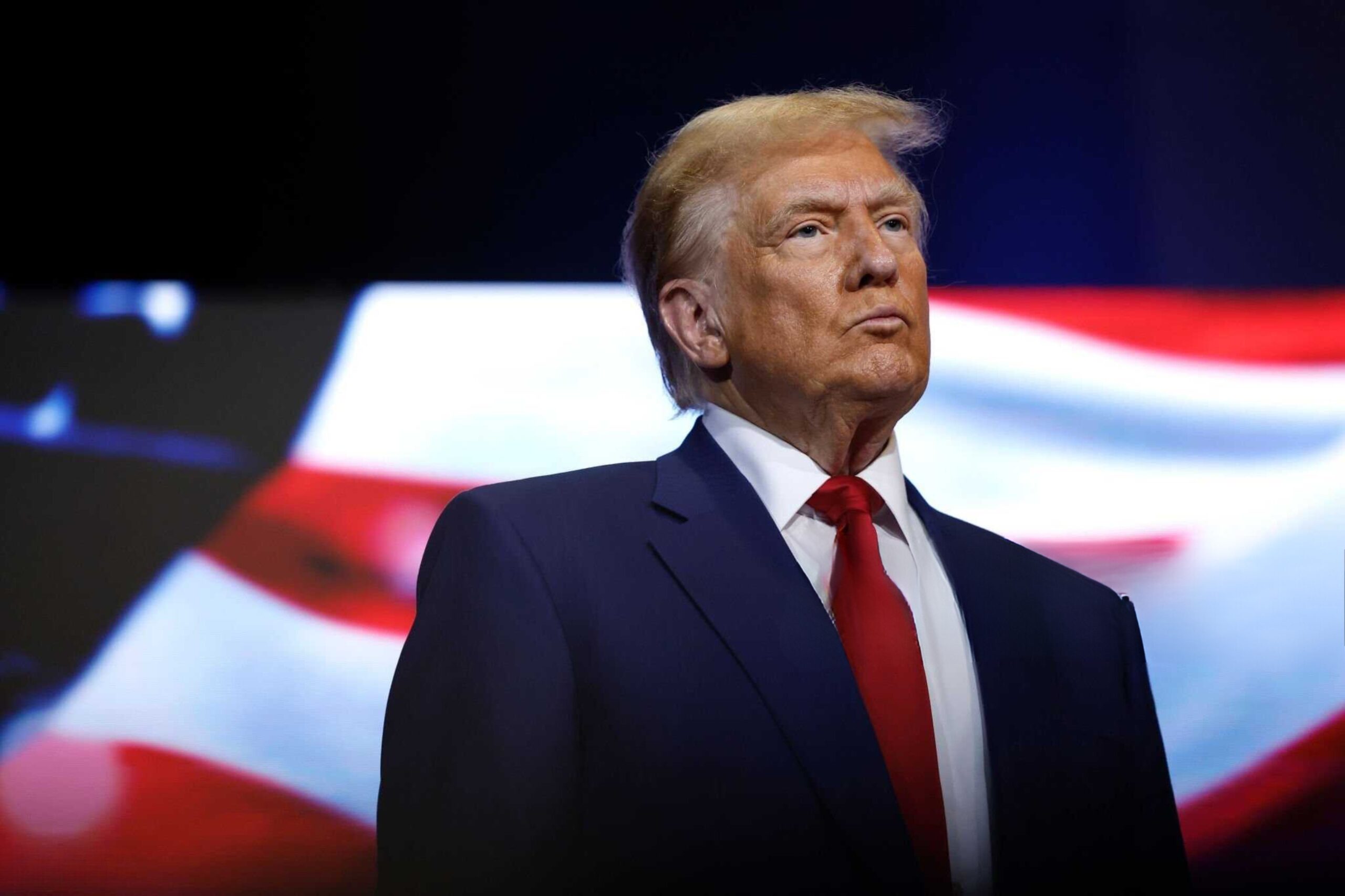
One Response